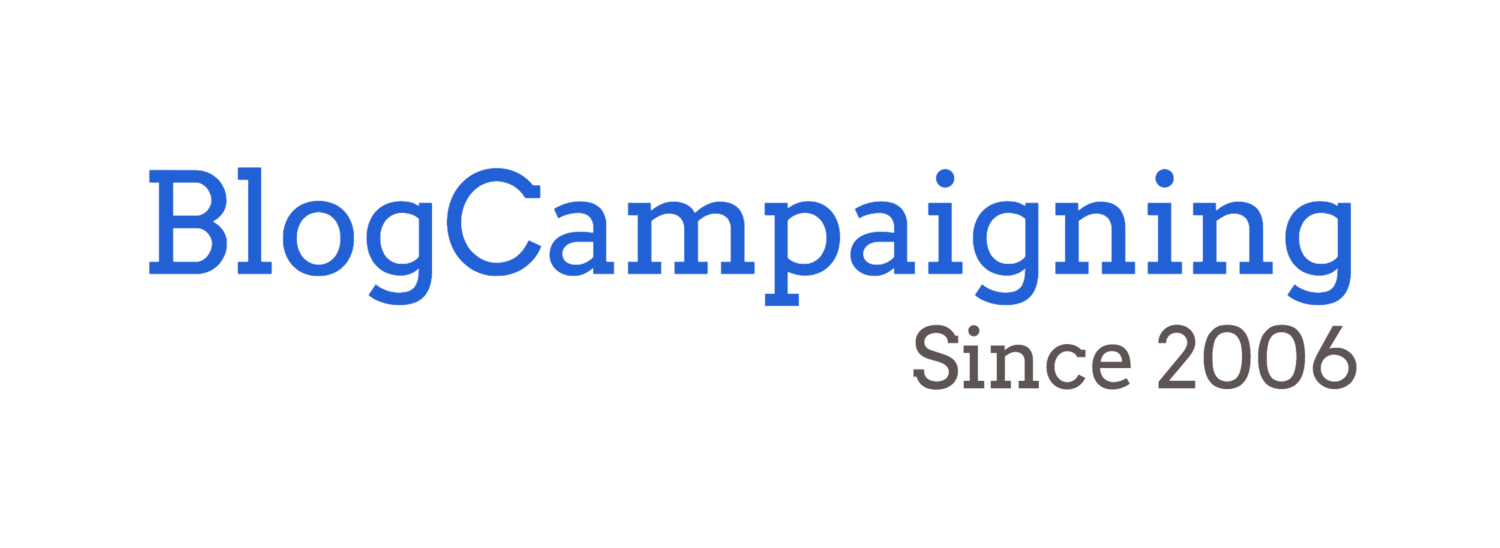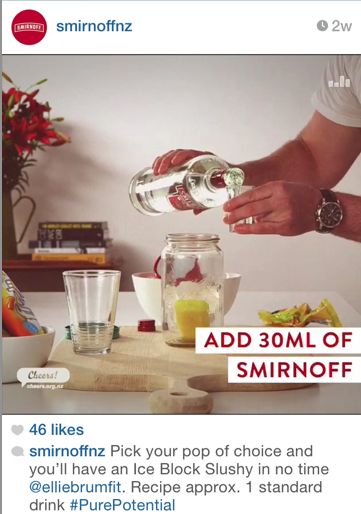Via the user ShamelessMendacity on Reddit in response to the question "Ad people, what do you say to people who say they are not influenced by advertising or branding?"
Great advertising changes your behaviour. It doesn't change what you want - doesn't even attempt to. It changeshow you want.
An example: If you ask people what they want to have five years from now, most of them will give you a list that's essentially an upgrade of things they currently own, or that their friends and colleagues have. A better car. A bigger house. A nice kitchen. Better furniture.
That's all fine - but then you should ask them what they're picturing when they say "a better car."
Chances are they're not thinking of a slight upgrade on their Ford Mondeo - they're thinking of an Audi. Or a Lexus. And when they say "a nice kitchen" it'll have a specific set of features that approximate to something made by Viking.
It's legitimate to want "better" things, but one of the most powerful effects of branding is that people have learned to benchmark quality based on brands with which they're already somewhat familiar. And even if the choice is negative, buying an Acura specifically because it isn't a Lexus is still a choice made with Lexus in mind.
By advertising themselves and branding themselves in a certain way, brands can completely change your relationship with their entire category.
Oh, and if someone says they're not influenced by advertising, they're actually admitting that advertising has the power to influence. Just that it doesn't influence them. And people don't make their choices in a vacuum. Even if you never watched TV or listened to the radio, never read a magazine, or surfed the internet, and only read books written before 1914, and were completely immune from the influence of advertising, you're still going to be influenced by what everyone around you is doing. You may not care about pop culture, but it cares about you.
You can read the rest of the thread on Reddit here.



